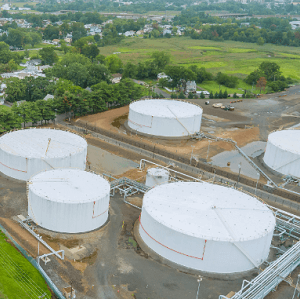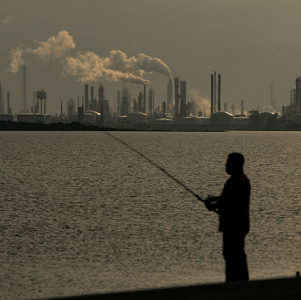Despite overall improvements in air quality, Black and Hispanic residents in California continue to face disproportionately high levels of vehicle-related air pollution, according to a recent study published in Science Advances. The research reveals that while the state has successfully reduced air pollution by 65% over the past 25 years, significant racial disparities in exposure remain unchanged.
The study found that low-income communities, predominantly inhabited by Black and Latino residents, experience the worst air quality due to their proximity to highways and ports. This persistent inequality is attributed to historical racist housing policies such as redlining, which have perpetuated the concentration of people of color in areas with higher pollution levels.
Joshua Apte, an associate professor at the University of California at Berkeley and senior author of the study, emphasized that while California’s emissions control policies have been effective, they haven’t narrowed the gap between the most and least exposed racial and ethnic groups. The fine particulate matter polluting the air is linked to various health issues and is estimated to cause over 5,000 premature deaths in California annually.
Researchers suggest that addressing these disparities requires more than just reducing car emissions. Even with a shift to electric vehicles, pollution from tires and brakes will continue to affect these communities disproportionately. The study recommends accelerating the adoption of zero-emission vehicles and focusing on systemic factors that influence where emissions occur to tackle this persistent health inequity.
See “Black and Hispanic California Residents Exposed to the Highest Levels of Air Pollution” (September 17, 2024)



